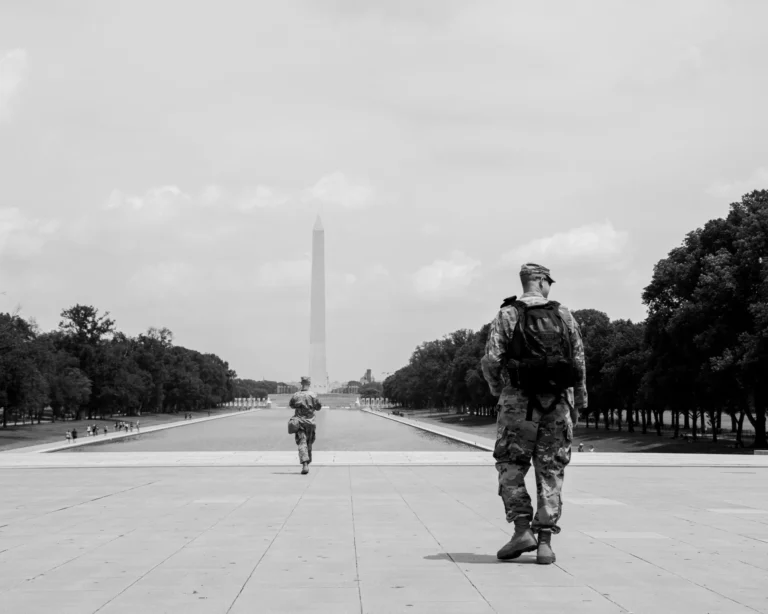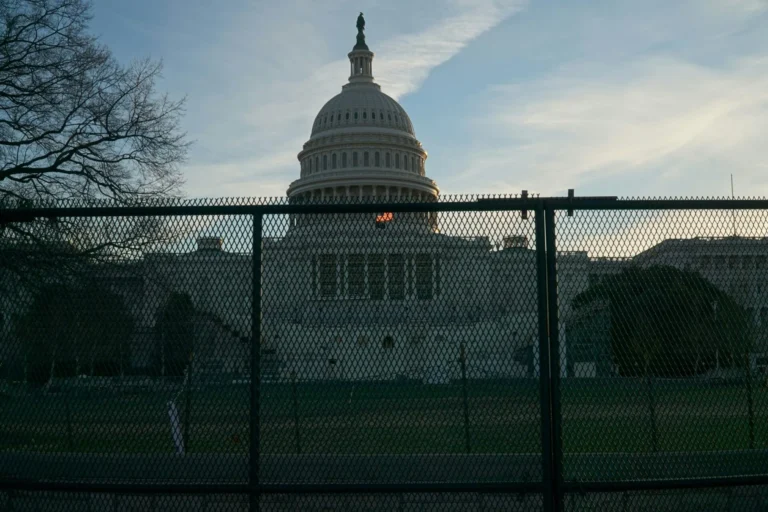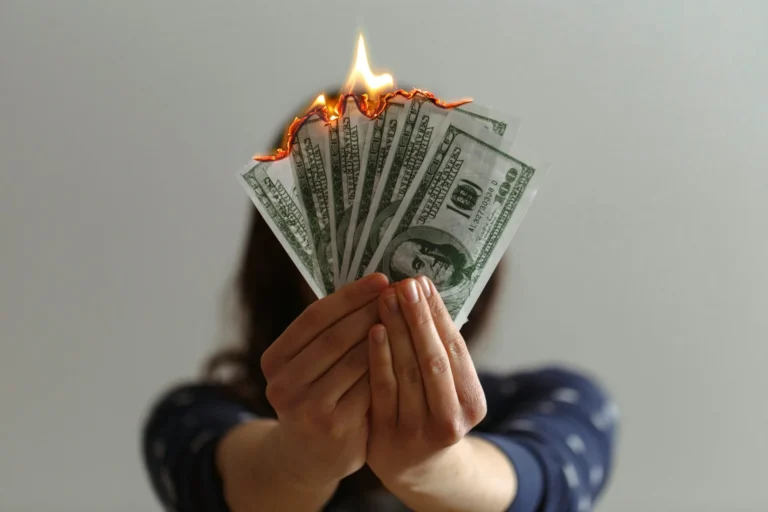Is Khalid bin Mahfouz of failed bank BCCI a “missing link” in our understanding of Jihadist terror?Does A Saudi Banker Link George W. Bush to Bin Laden?By Cliff Montgomery – Apr. 27th, 2007There is an old journalist credo: “Follow the money.” This is especially true of al-Qaeda; its life blood is its ability to shuttle money from country to country. Bin Laden’s bank of choice had once been the now-defunct Bank of Credit and Commerce International (BCCI). Such clients make BCCI the ‘missing link’ of jihadist terror.So why haven’t Americans heard much about this bank? Perhaps because BCCI–and particularly the bank’s single largest investor–directly links the current Jihadist terror threat to both George W. Bush and his father.BCCI was founded in 1972 by Pakistani banker Agha Hasan Abedi, with the help of Sheik Zayed bin Sultan al Nahyan, ruler of Abu Dhabi and leader of the United Arab Emirates. Its corporate specialty was money laundering. It was the sleazy banker for drug and arms traffickers, con-men, corrupt officials, dictators and terrorists.BCCI was the offshore bank that the Reagan Administration–with George Bush Sr. as vice-president–employed to run guns to Saddam Hussein, finance Osama bin Laden and fund the unconstitutional Iran-Contra operation, among other black ops.The CIA used BCCI Islamabad and other branches in Pakistan to relay some two billion dollars to Osama bin Laden’s Mujahadeen, as aid in fighting the Soviets in Afghanistan; it also moved money sent to the Mujahadeen from Saudi intelligence services. Never one to play sides, the bank also quietly shuttled cash that Pakistani officials had skimmed from America’s Mujahadeen funds.These BCCI activities gave Osama bin Laden the education in offshore black finance that he now utilizes in his personal jihad against America.Wealthy Saudis were influential in BCCI. But Arabian interest in the bank was more than financial. A CIA memo on BCCI in the mid-1980s stated that “its principal shareholders are among the power elite of the Middle East, including the rulers of Dubai and the United Arab Emirates, and several influential Saudi Arabians. They are less interested in profitability than in promoting the Muslim [i.e., Jihadist] cause.”The biggest BCCI investor was Khalid Salem bin Mahfouz–owner of the National Commercial Bank, the largest bank in Saudi Arabia, banker to King Fahd and other members of the royal family. By the 1980s, Bin Mahfouz had bought 20 to 30 percent of BCCI stock for nearly one billion dollars, and became one of the bank’s directors.At this time Bin Mahfouz also became a member of the “Golden Chain”, the group of wealthy Arabs who funded al-Qaeda at its inception.The money BCCI pilfered before it was shut down in 1991 was somewhere between $9.5 billion and $15 billion.Most of it was never recovered–making BCCI’s 20-year existence the biggest bank scandal in history. Among other matters, international banks’ complicity in the offshore secrecy system aided in covering up the money trail.Not that this meltdown effected Khalid bin Mahfouz, who somehow remained flush with cash. In 1992, he created the Muwafaq (“Blessed Relief”) Foundation in the offshore Channel Islands.The U.S. Treasury Department has called Muwafaq “an al-Qaeda front that transfers millions from wealthy Saudis to Bin Laden.”The Bushes’ private links to bin Mahfouz go through Texas businessman James Bath, a personal friend of George W. Bush for many years who helped finance Bush’s oil company, Arbusto Energy Inc., in 1979 and 1980. In the seventies, James Bath also invested money in the United States on behalf of Khalid bin Mahfouz and Salem bin Laden–Osama’s half-brother.In 1976, when Bush Sr. headed the CIA, the Agency sold some of the planes of Air America, a secret “proprietary” airline it employed during the Vietnam War, to Skyway–a company owned by Bath and Bin Mahfouz.By 1984, George W. Bush merged the failing Arbusto into another oil company, Spectrum 7, which fared no better. When Harken Oil and Gas absorbed the ill-run Spectrum 7 in 1986, it saved the younger George Bush’s business. The energy company even put him on its board of directors.When Harken got into its own financial straits in 1987, George W. Bush was again saved, this time by Jackson Stephens of the powerful, politically-connected Arkansas investment firm Stephens, Inc. Stephens brought in Sheik Abdullah Taha Bakhsh, a real estate magnate from Jeddah, who subsequently bought 17.6 percent of Harken stock.Bakhsh’s principal banker at the time of the Harken deal was BCCI shareholder Khalid Bin Mahfouz.In 1988, the Harken company happily received some new Saudi investors, who included Khalid bin Mahfouz and Salem bin Laden. Salem’s half-brother Osama was busy at the time organizing al-Qaeda.As journalist Craig Unger wrote in his powerful book, House of Bush, House of Saud:”The Saudi bailout of Harken Energy…helped George W. Bush make his fortune.”

Disobeying Illegal Orders Is A Military Duty, Not A Crime
The truth is that soldiers have a legal duty to refuse any order that clearly breaks the law, according to the Uniform Code of Military Justice.




